INTERNATIONAL MARKETING STRATEGY SIMULATION
Année du cours : 1 année(s)
Etablissement : IÉSEG School of Management
Langue : English
Formation(s) dans laquelle/lesquelles le cours apparait :
Période : S2
*** The course INTERNATIONAL MARKETING is a prerequisite of this course.
All students that have not followed this course will automatically be de-registered. Exchange students that have done a course similar to international marketing can participate if they contact the course coordinator with the syllabus as well as official proof of attendance of that class (e.g., grade report).
At the end of the course the student should be able to :
– Design, implement and evaluate international marketing strategies
– Identify attractive target markets and segments and determine an appropriate market entry strategy
– Draft an international marketing plan (product, price, place and promotion)
– Understand the pros and cons of decisions related to the choice of manufacturing locations
– Demonstrate an international mindset (1.A)
– Thoroughly examine a complex business situation (6.A)
– Synthesize multifaceted information from various sources across different functional fields (6.B)
– Predict how business and economic cycles could affect organizational strategy (5.A)
– Successfully collaborate within a intercultural team (1.B)
In this simulation game, students work in groups on a market entry and expansion plan as a category manager for Allstar Brands, a multi-national consumer products company. The traditional markets of Western Europe, North America, and Australia have matured, and Asia has been identified as having the best potential for future growth. Countries being considered for expansion include China, Japan, India, South Korea, The Philippines and Thailand. The toothpaste brand management team must decide which of the six countries is the most attractive for their Allsmile brand and then how to expand their presence throughout the region. A regional strategy has to be be developed and implemented using customized or standardized marketing programs.

